If you’re looking for seafood that is higher in Omega-3 fatty acids than the wild salmon, this is your fish. Also called butterfish, the soft texture of a sablefish will flake off in velvety white pieces that will melt in your mouth. It’s also perfect for smoking, and even for sushi.
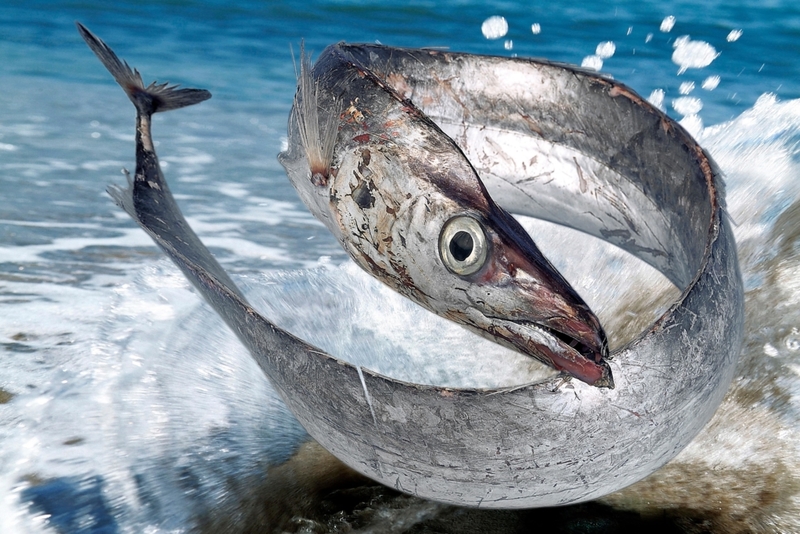
Sablefish can be found deep in the North Pacific. They grow up to three feet long, weigh 69 pounds and reproduce at around 6 years of age. Sablefish are a commercially significant catch for Japan. Since the ’90s it’s been considered a sustainable fishery and has been under management for conservation. These fish have very long lifespans. A sablefish can easily live into its 90s. The oldest recorded age is 94, but it might live up to 114 in the wild.
Elephants
Not only do elephants have a long lifespan, they are also incredibly intelligent. There’s a reason they have been the main attraction at circus shows time out of mind. They can identify languages, use tools and show empathy. The 2,000-pound animals have longer lifespans in the wild, as much as twice as long. On average, elephants live 60 to 70 years. In a zoo, on the other hand, they are usually dead by 30. In the wild, elephants enjoy grazing on expansive fields in large communities. Luckily, captivity conditions are improving.
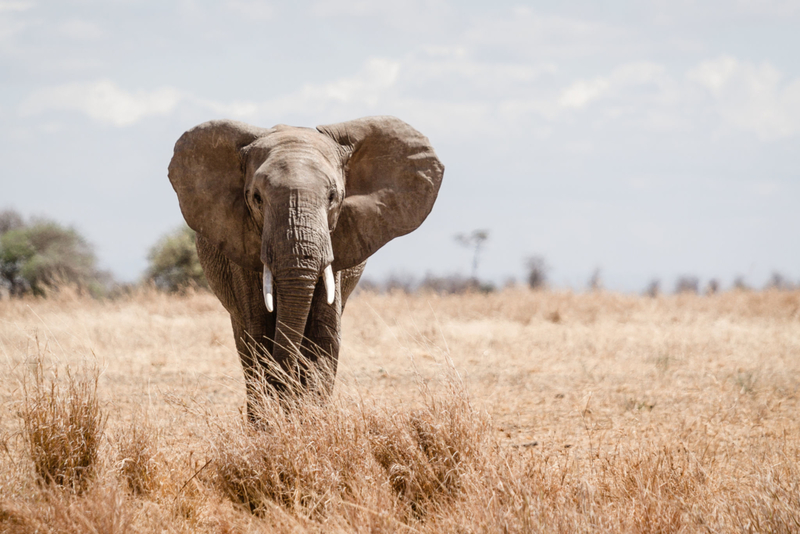
Lin Wang, an elephant at the Taiwanese zoo lived to 86. The world’s oldest, Dakshayani, an Indian elephant in captivity, lived to 88. Dakshayani died in February 2019. Poachers kill about 100 elephants per day. They are killed for their ivory tusks. The beasts are at risk of extinction, even though man is its only natural predator. Elephants (Elephantidae proboscidea) have existed since the Paleolithic period. There are, however, subspecies. The African bush elephant (Loxodonta Africana), the African forest elephant (Loxodonta cyclotis) and the Asian elephant (Elephas maximus).
Pink Cockatoo
This bird, also called the Major Mitchell cockatoo, named after the Australian explorer and surveyor who admired the bird in the 1800s, is found widely across inland areas of Southeast Australia. The striking pink cockatoo is also known as Leadbeater’s cockatoo and the chockalott, but its scientific name is the same, Lophochroa leadbeateri. The pink cockatoo has the unique distinction of being the noisiest of all parrots, its screeches can be heard a mile away. This bird has a long lifespan. In captivity, they live 75 years, with an average lifespan of 40 to 60 years. Cookie, the famous Chicago-area zoo cockatoo, was the oldest parrot in the world when it died in 2016, at the ripe old age of 83.
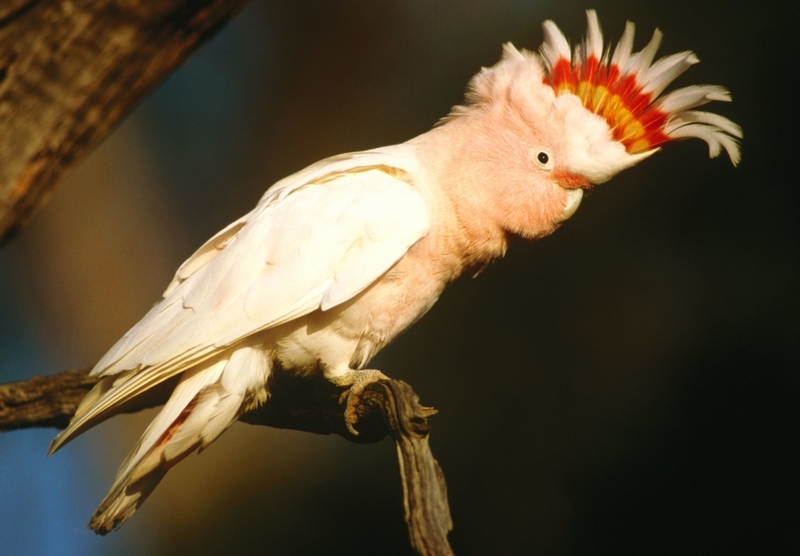
These birds are very social and require a lot of attention and socialization, whether it’s with feathered friends or humans. They love to chatter and are a popular pet. The male’s bright salmon-colored crest, which rises like a plume on the top of its head, makes it one of the most beautiful cockatoos. They use it to show alarm or attract females. At 3 or 4 years of age, cockatoos pair up and produce 2 to 5 eggs that hatch in about a month. They nest once a year and remain monogamous throughout their lifetime.
The Immortal Jellyfish
Not only can this tiny blob of transparent tissues outlive humans, it can actually live forever. If that’s not humbling enough, consider the fact that the immortal jellyfish has developed a genetic mutation that allows it to trigger itself back to a time when it didn’t have a physical wound, for example, like a self-repair feature that makes it young again. If they live forever, how do they die? Apparently, the only way the immortal jellyfish dies is by disease or by being consumed in the food chain. There are a lot of mysteries surrounding this biological anomaly.
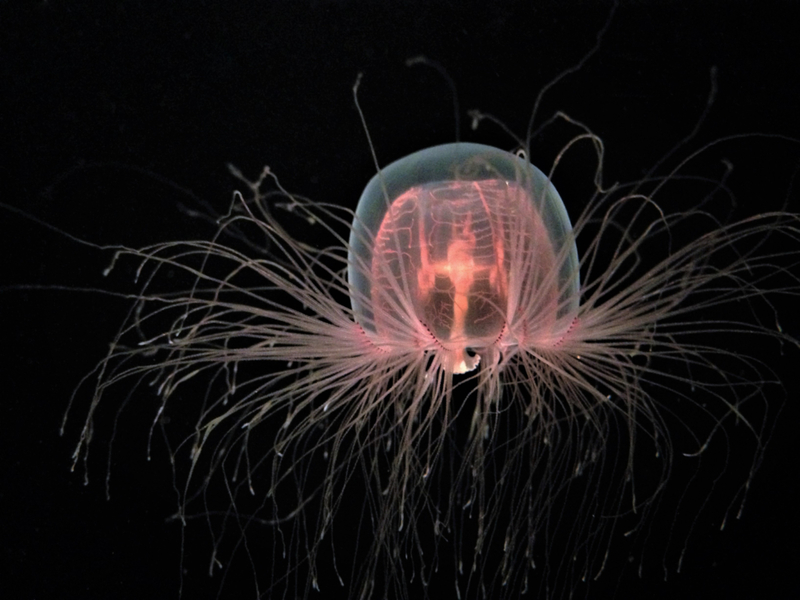
The critter, smaller than a quarter-inch, does not have a brain or a heart, however, it has more. The secret to immortality. You can be sure scientists are busy, at this very moment, studying the regenerative abilities of the jellyfish. Native to the Caribbean and Mediterranean Seas, the immortal jellyfish (Turritopsis dohrnii) is also found in the waters of Japan. Another common name for the jellyfish is the medusa.
European Pond Turtle
This turtle is found throughout southern and central Europe, as well as West Asia and North Africa. The European pond turtle (Emys orbicularis) can live for 100 years, but its lifespan is generally 40 to 60 years. They are classified as “near threatened” due to habitat loss and pollution, but they have a wide distribution over the continent.
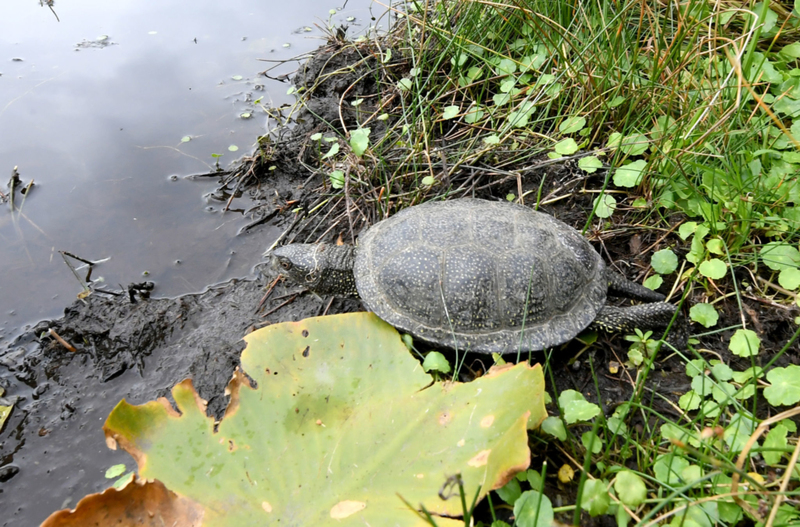
European pond turtles enjoy basking in the sun on rocks or logs and preying on insects, snails, frogs, fish, and salamanders. Their webbed feet make them great swimmers and they will jump in the pond and swim off at any threat. They fear wild dogs, coyotes, carnivorous birds, and humans. Hatchling and their eggs are very susceptible to predators like herons, raccoons, bears, king snakes, foxes, cats, and cormorants.